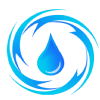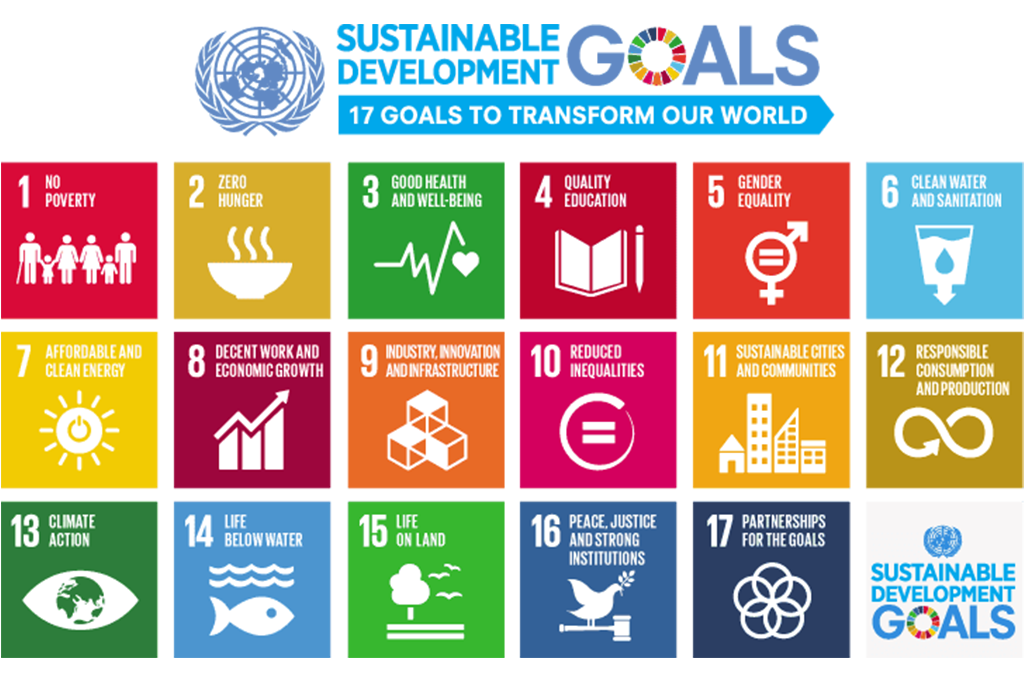Water scarcity is a pressing issue affecting billions worldwide, with impacts that span from agricultural productivity to public health and economic stability. Addressing this challenge requires robust and reliable indicators to quantify water scarcity, assess resource availability, and guide sustainable water policies. Metrics like the Water Scarcity Index, Falkenmark Indicator, and Total Renewable Water Resources (TRWR) per capita are widely used to assess the severity and scope of water scarcity.
Water Scarcity Index
The Water Scarcity Index, developed by the Food and Agriculture Organization (FAO), calculates the ratio of annual water withdrawals to renewable resources. Regions with a ratio above 40% are considered to be under water stress, while those exceeding 80% are classified as facing “extreme water stress.” According to FAO data, countries in North Africa and the Middle East exceed this threshold, consuming over 80% of their available renewable resources. These regions have adopted intensive groundwater pumping and desalination to meet demands, but such methods are often unsustainable in the long term due to high energy requirements and ecological impacts (FAO, 2020).
Falkenmark Indicator
The Falkenmark Indicator measures water availability per capita and classifies scarcity levels based on thresholds. Areas with less than 1,700 cubic meters per capita face water stress, while those below 1,000 cubic meters per capita experience absolute scarcity. This indicator underscores the demographic pressures on water resources, especially in rapidly urbanizing regions. For instance, according to UNESCO (2019), population growth in India and Sub-Saharan Africa is driving increased water demand, pushing many regions closer to absolute scarcity.
Total Renewable Water Resources (TRWR) per Capita
The TRWR per capita metric takes both surface and groundwater sources into account, providing a holistic view of water availability relative to population size. In its 2019 report, the World Resources Institute (WRI) identified 17 countries facing “extremely high” water stress, including Qatar and Israel, where water use exceeds 80% of renewable resources. By highlighting these risk areas, TRWR can help prioritize regions for intervention and policy reform.Toward Comprehensive Assessments
While each metric provides valuable insights, combining them yields a more nuanced understanding of water scarcity. The Water Scarcity Index, Falkenmark Indicator, and TRWR collectively account for usage intensity, population pressures, and regional resource limitations, enabling policymakers to make informed decisions. Additionally, integrating real-time data from remote sensing and machine learning models can enhance the precision of these metrics, allowing for adaptive and responsive water management








